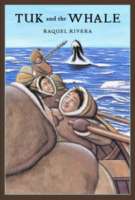
Tuk And The Whale


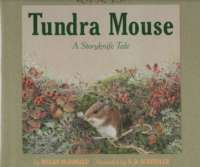
Using a traditional technique called storyknifing, two Yupik Eskimo sisters share a story about the mice that made a nest out of tinsel from the Christmas tree.
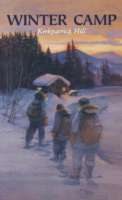
Two orphaned siblings struggle to survive a harsh Alaskan winter looking after a badly wounded miner, while their guardian, an old Athabascan Indian who has taught them the ways of their ancestors, searches for help.
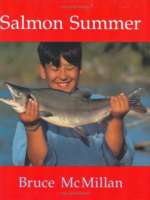
A photo essay describing a young native Alaskan boy fishing for salmon on Kodiak Island as his ancestors have done for generations.
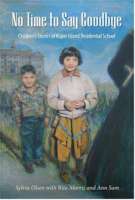
For most North Americans, the practice of sending First Nations children to aboriginal boarding schools is a chapter in history that seems best forgotten. But the generations of children who were rounded up and sent to those faraway schools won’t ever forget the day-to-day reality of that “chapter.” Often taken without warning or time to say goodbye to their families, children as young as five had their hair cropped short and their clothes taken away. Then they were deloused, dressed in uniforms and forbidden to speak their native language or practise their traditional arts, religion or dances. No Time to Say Goodbye is a fictional account of five children sent to aboriginal boarding school, based on the recollections of a number of Tsartlip First Nations people. These unforgettable children are taken by government agents from Tsartlip Day School to live at Kuper Island Residential School. The five are isolated on the small island and life becomes regimented by the strict school routine. They experience the pain of homesickness and confusion while trying to adjust to a world completely different from their own. Their lives are no longer organized by fishing, hunting and family, but by bells, line-ups and chores. In spite of the harsh realities of the residential school, the children find adventure in escape, challenge in competition, and camaraderie with their fellow students. Sometimes sad, sometimes funny, always engrossing, No Time to Say Goodbye is a story that readers of all ages won’t soon forget.
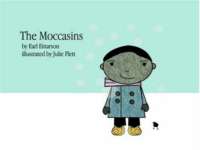
This is an endearing story of a young Aboriginal foster child who is given a special gift by his foster mother. Her gift of warmth and thoughtfulness helps her young foster children by encouraging self-esteem, acceptance and love. Written as a simple story, it speaks of a positive foster experience.
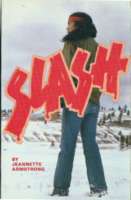
Slash is Jeannette Armstrong’s first novel. Slash poignantly traces the struggles, pain, alienation and accounts of a young Okanagan man’s search for truth and meaning in his life. Slash has been adopted for use in high schools, colleges and universities.
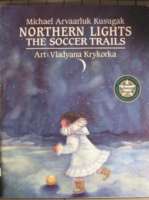
Northern Lights is a beautiful tale that explores the mystical aspects of the northern lights in Inuit culture. Scientists have their own explanations for the phenomenon that occurs when the night sky shimmers with milky white patterns, or displays all the colors of the rainbow. But the Inuit prefer their own explanation: They believe the souls of the dead are engaging in a lively game of soccer, just as they did when they were living. They run all over the sky chasing a walrus head that they use for a soccer ball. This is the story of Kataujaq and the intimate relationship she has with her mother. They do almost everything together; they hug, rub noses and say “Mamaq” which means “You smell so nice.” But a great sickness comes and Kataujaq’s mother is taken south to the white people’s hospital and never comes back. Kataujaq grieves, but is also able to rejoice when she and her grandmother watch the northern lights. This book celebrates family life, intimacy and the glory of nature.